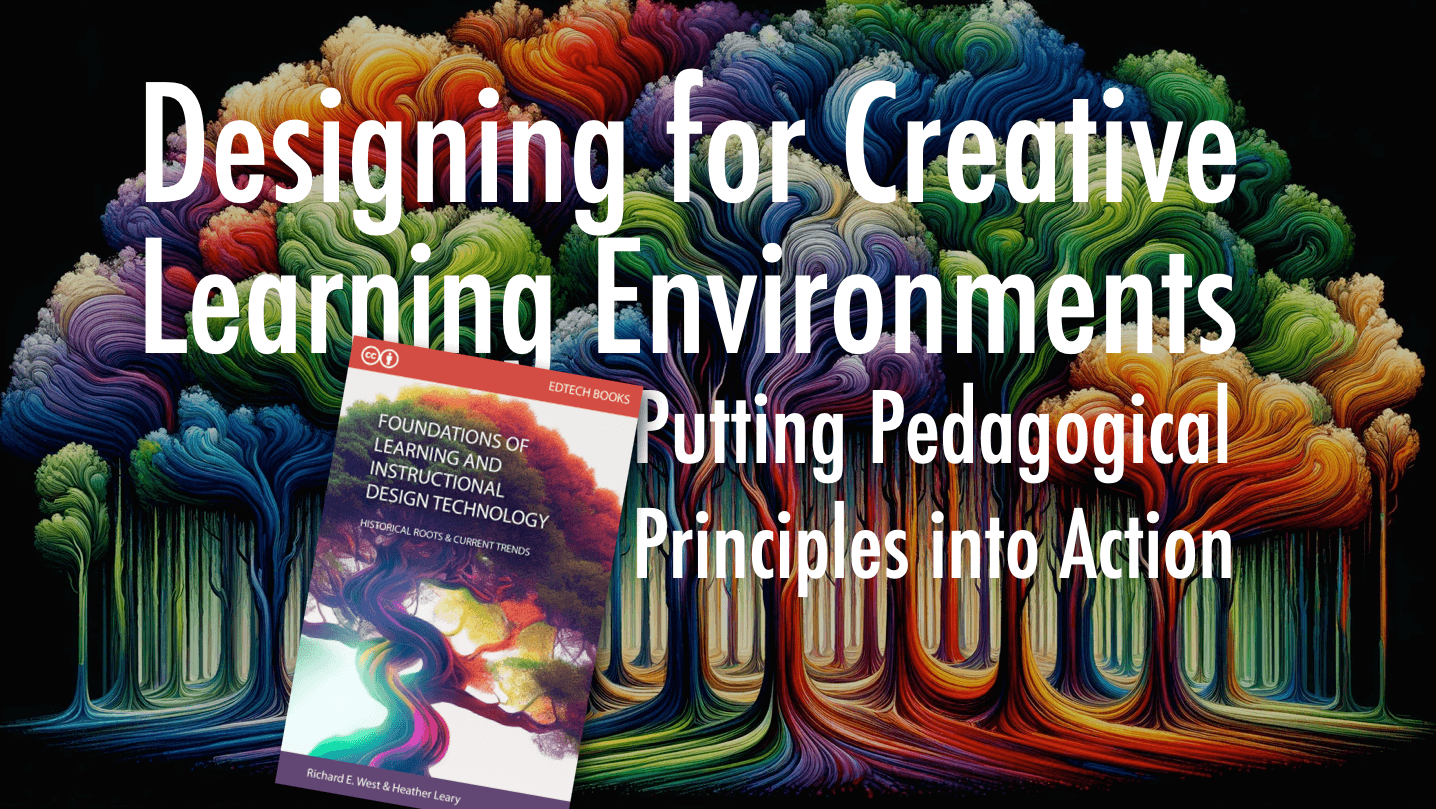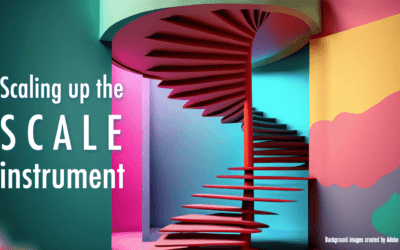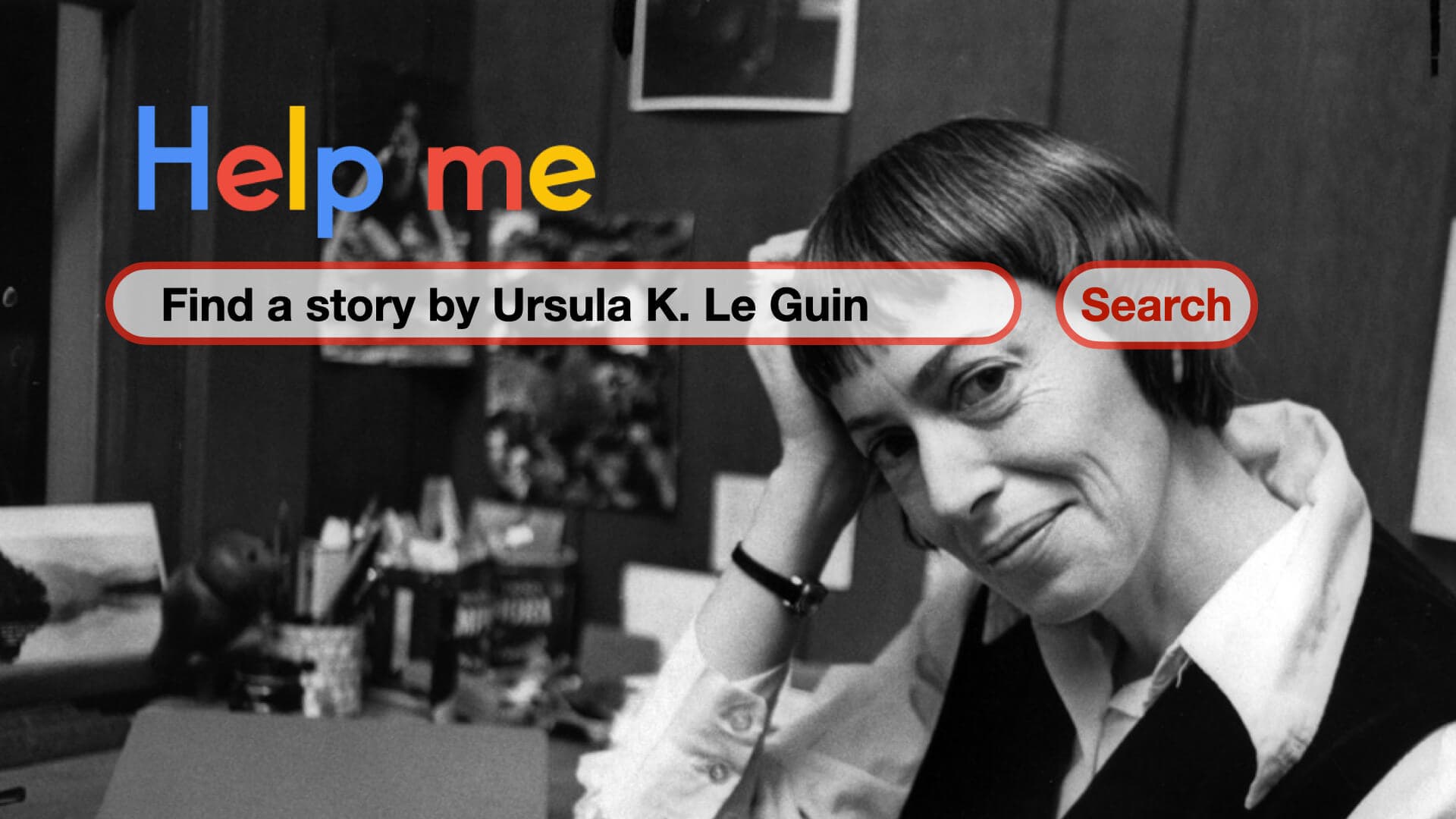In 2017, Carmen Richardson and I co-authored a paper (Richardson & Mishra, 2017) introducing SCALE: Support of Creativity in Learning Environment: SCALE, a tool created to evaluate how well educational settings foster student creativity. Unlike formal evaluation tools, SCALE is concise and informal, focusing on collecting data on educational practices rather than judging teacher performance. It assesses three key dimensions: learner involvement, the physical setting, and the overall atmosphere conducive to learning.
More recently, I had a chance to revisit the instrument as part of some conversations with Danah Henriksen and Lauren Woo for a paper we were writing titled “Designing for Creative Learning Environments: Putting Pedagogical Principles into Action.” This article is part of a handbook titled “Foundations of Learning and Instructional Design Technology: Historical Roots & Current Trends.” It is published by EdTechBooks, a wonderful open-source publishing platform that makes quality academic texts freely accessible. I have written for them previously once for the previous edition of the handbook and once for EDTECHNICA. Incidentally the SCALE instrument has been used by others in their research (something I document here). Citation and link to the new article below:
Henriksen, D., Woo, L., & Mishra, P. (2023). Designing for Creative Learning Environments: Putting Pedagogical Principles into Action. In R. E. West & H. Leary (Eds.), Foundations of Learning and Instructional Design Technology: Historical Roots & Current Trends. EdTech Books. https://edtechbooks.org/foundations_of_learn/creativity
In this chapter, we discuss fundamental principles that define a creative learning environment and how these can be integrated into pedagogical design. We propose the use of the SCALE (Support for Creativity in a Learning Environment) instrument (Richardson & Mishra, 2018) as a frame for understanding and evaluating the characteristics of creative learning environments. Using the SCALE’s constructs—characteristics of the environment, learning climate, and learner engagement—as benchmarks, we consider how these offer criteria to build into the design of learning environments. This chapter discusses applications of these principles across various environments, including online and blended spaces, acknowledging that different environments present distinctive affordances, opportunities, constraints, and possibilities. Our implications take a future-oriented perspective on online creative learning environment design in both research and practice.




0 Comments